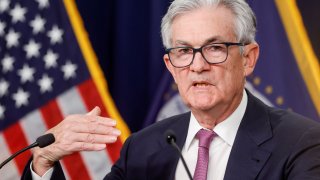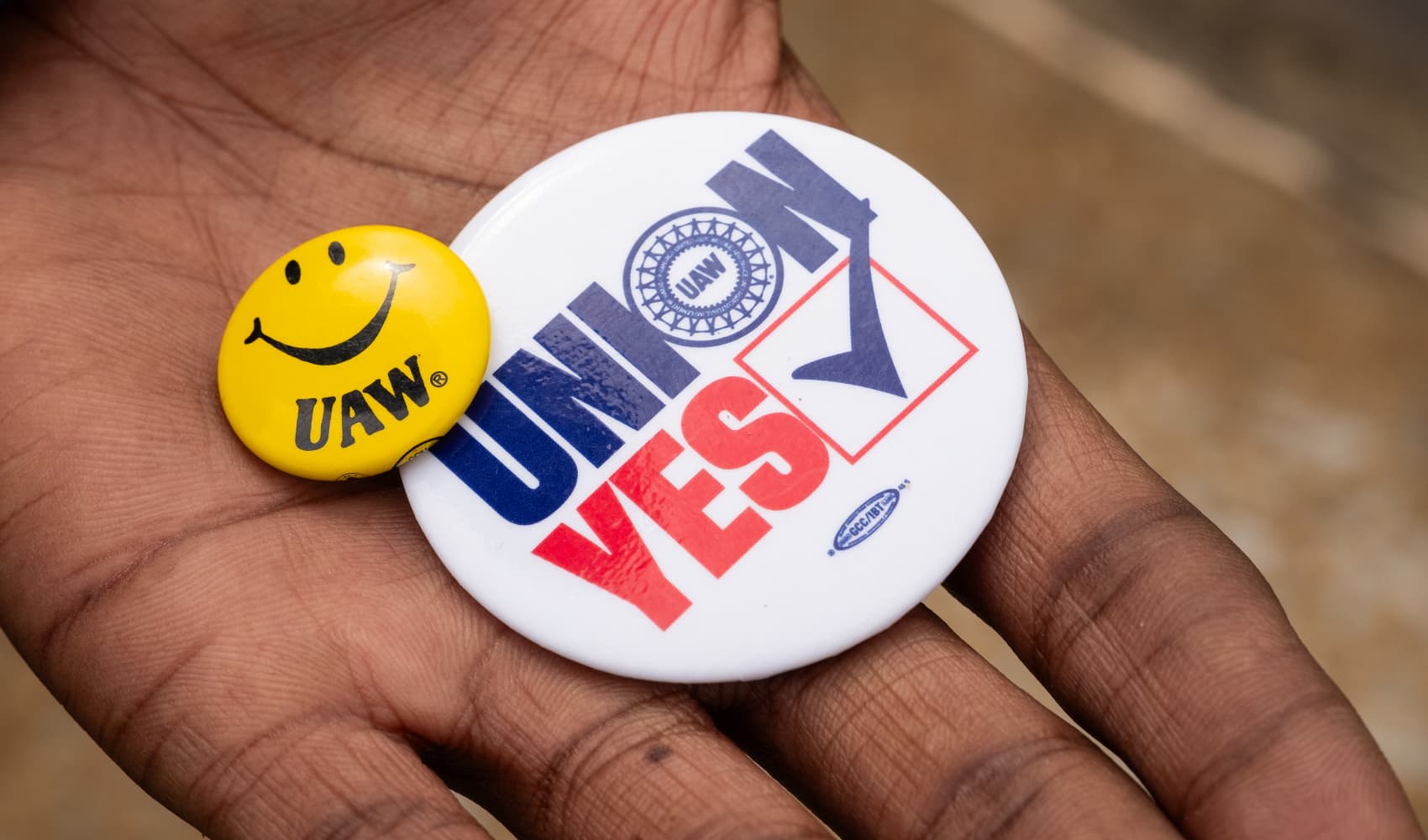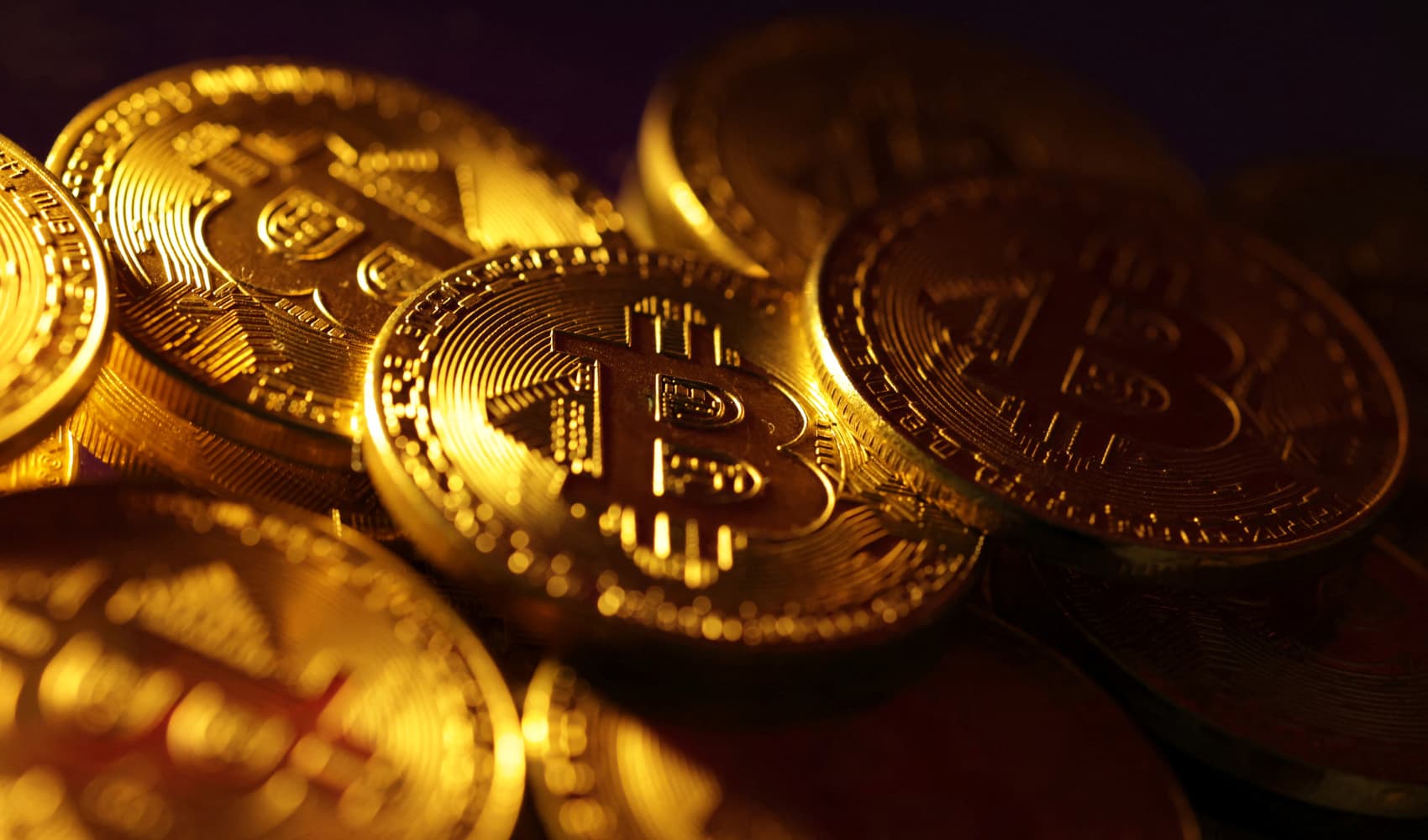
The Federal Reserve raised the federal funds rate by 25 basis points Wednesday, further increasing how much you'll likely pay for mortgages, auto financing, credit cards and loans.
With its eighth consecutive hike, the federal funds rate — which influences the interest rates banks charge — has been raised to a range of 4.5% to 4.75%. That's the highest it's been since 2007.
This means that monthly costs for new or variable-rate mortgages will rise a bit more, after doubling last year due to a series of rate increases. Interest on credit cards will likely climb from 19% to 20%. While the amounts will vary, costs for auto financing and personal loans will rise slightly as well.
"The impact of a single, quarter-point interest rate hike is pretty minimal, but when we look at the cumulative effect of rate increases, the impact on households becomes clear," says Bankrate's chief financial analyst Greg McBride.
Get New England news, weather forecasts and entertainment stories to your inbox. Sign up for NECN newsletters.
"Credit card interest rates have reached record highs, rates on home equity lines of credit have nearly doubled in the past year, and the doubling of mortgage rates brought the housing market from red hot to ice cold in the span of a few months," he says.
Interest rate hikes are meant to reduce inflation by making the costs of borrowing more expensive, but they also slow economic growth, which can lead to a recession. A recent poll of economists puts the chance of a recession in 2023 at 61%.
The rate of inflation has dropped from its year-over-year June peak of 9.1% to 6.5% in December 2022, which is still well above the Fed's benchmark target of 2%.
Money Report
For that reason, Federal Reserve Chair Jerome Powell reaffirmed his commitment to keeping interest rates elevated until inflation is further tamed.
Investors and the Fed disagree about where interest rates are headed in 2023
As part of the central bank's December forecast, 17 out of 19 Fed officials projected rates above 5% through 2023, with two of them suggesting rates higher than 5.5%.
However, despite Powell's comments Wednesday, investors don't seem to believe that the Fed will stick with elevated rate hikes in 2023. As of early Wednesday afternoon, traders projected a 97.2% probability that interest rates will be 5% or less by next December, according to the CME's FedWatch tool.
Broadly, this reflects a belief that either a recession is imminent and the Fed will need to start cutting rates in 2023 to stimulate the economy, or that inflation will go down quickly within the year, negating the need for elevated interest rates, says Liz Young, head of investment strategy at SoFi, an online bank.
But there are no guarantees that inflation will unwind quickly in a "linear fashion," especially with the economy remaining relatively strong despite consecutive rate hikes in 2022, says Young.
"I think that there's a tremendous amount of bubble wrap around parts of the economy, particularly the labor market," she says. This means that the negative effects that rate hikes have on "labor, growth, and profits are going to take longer to show their face."
"My worst nightmare, and probably investors' worst nightmare, is that the purgatory continues through 2023 and then we have a recession in 2024. I mean, that would be the longest year of our lives."
Sign up now: Get smarter about your money and career with our weekly newsletter
Don't miss: There's a 61% chance of recession this year, economists say—what that means for your money






